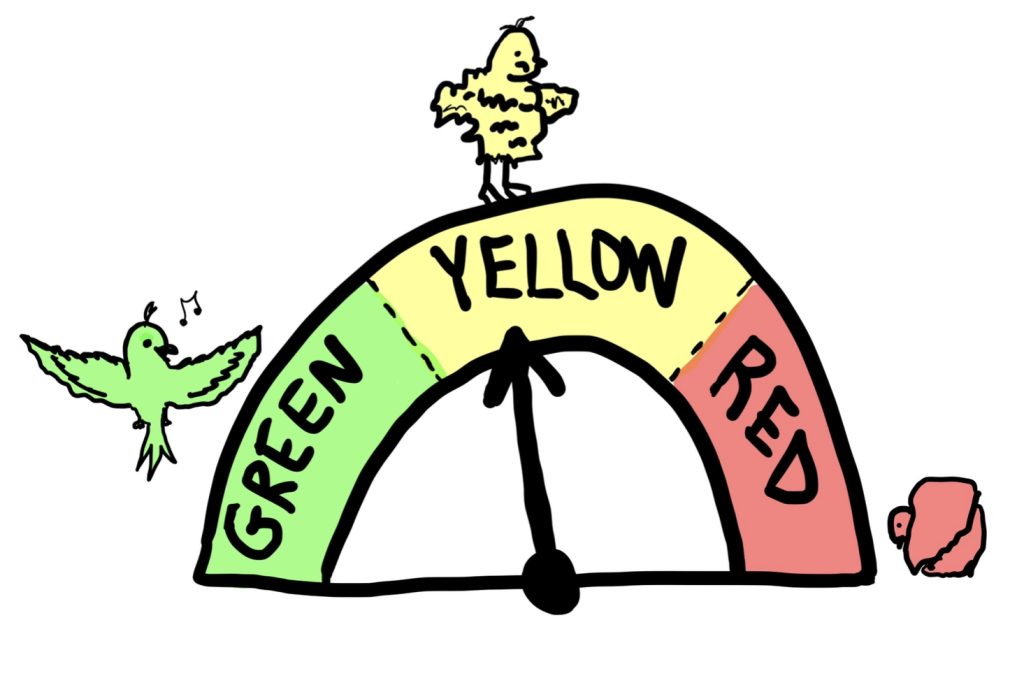Life gets overwhelming sometimes. When it feels like stress is taking over, you need fast and accessible tools to regain your cool. One method that leverages your own biology for near-instant relaxation is the physiological sigh. This technique activates your parasympathetic nervous system to counteract tension and overwhelm in just moments.
What Is the Parasympathetic Nervous System?
First, a quick biology primer. Your autonomic nervous system has two main branches that balance each other out: sympathetic (fight-or-flight) and parasympathetic (rest-and-digest). When you’re stressed, your sympathetic nerves stimulate increased heart rate, breathing, and adrenaline. This pumps you up for action. Your parasympathetic system does the opposite—slowing things down, lowering blood pressure, and promoting calm.
Ideally these systems work in harmony. But chronic stress can cause your sympathetic nerves to dominate, even when real threat has passed. This leads to persistent anxiety, sleep issues, and more. So how can you reactivate your biological capacity to chill out? That’s where the power of the sigh comes in.
How Controlled Sighing Flips the Relaxation Switch
Deep, purposeful sighing stimulates the vagus nerve, which is your main parasympathetic channel. The vagus nerve runs from your brainstem to various major organs. When you consciously trigger it, your heart rate and blood pressure drop while digestion improves. A series of slow, deep sighs literally signals your nervous system that all is well—allowing muscles to unlock and your mind to settle.
Physician Leon F. Andrews developed a structured technique to maximize this relaxation response. The key steps are:
- Inhale fully and slowly through your nose. Pause briefly.
- Inhale a tiny bit more, just a “sip” of air on top of the full breath.
- Exhale fully, vocalizing an “ahhh” sigh sound.
- Repeat 3-5 times, focusing on making the exhale smooth and steady.
That extra “sip” at peak inhalation triggers receptors that strongly activate soothing vagal signals before you sigh it all out. Perform this exercise whenever you notice stress rising, and feel calm spread through your mind and body.
Retrain Your Stress Reactions
With practice, the physiological sigh can reprogram your nervous system to respond to tension with parasympathetic relaxation instead of sympathetic overdrive. Make this tool part of your mental health self-care routine. Begin rewiring those neural pathways to default back to calm (GREEN), and unwind anxiety in just moments with a series of mindful, relaxing sighs.

Read about the Feather-O-Meter here… Where YELLOW is sympathetic activation and GREEN is the physiology of safety and connection (ventral vagal).
